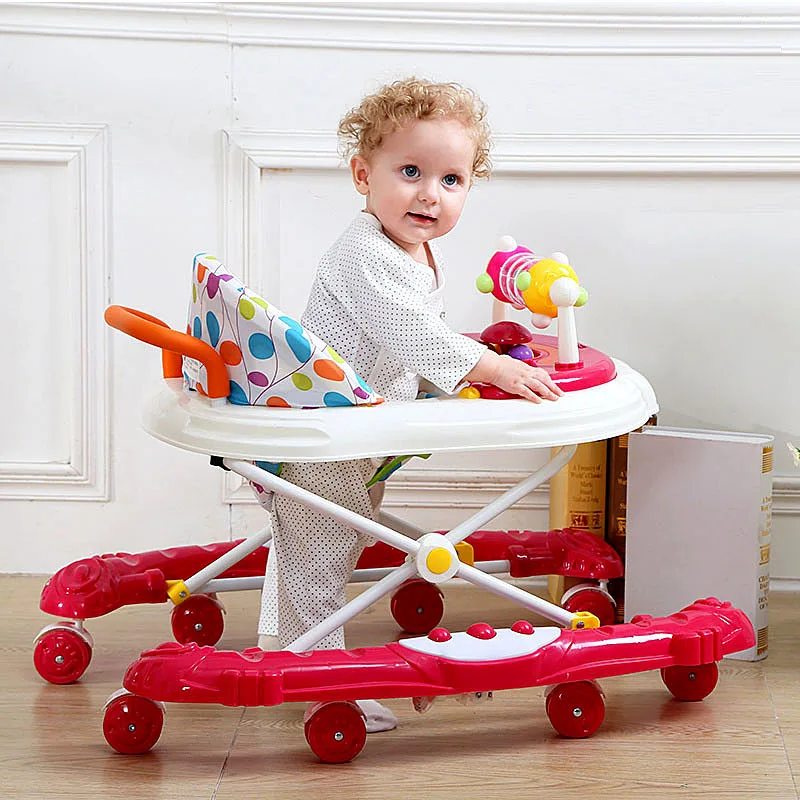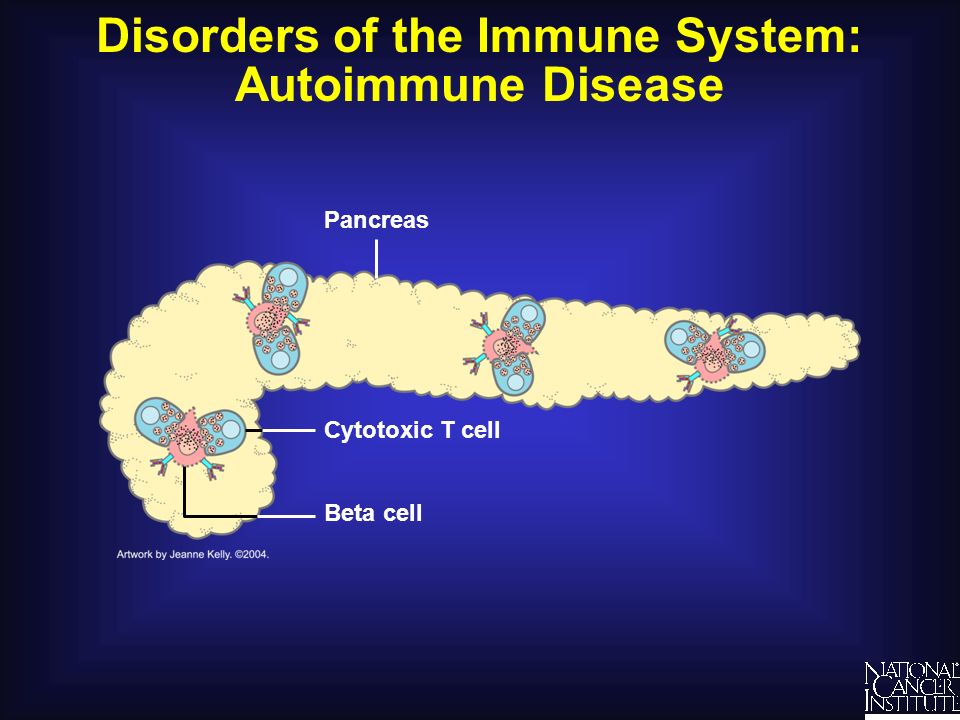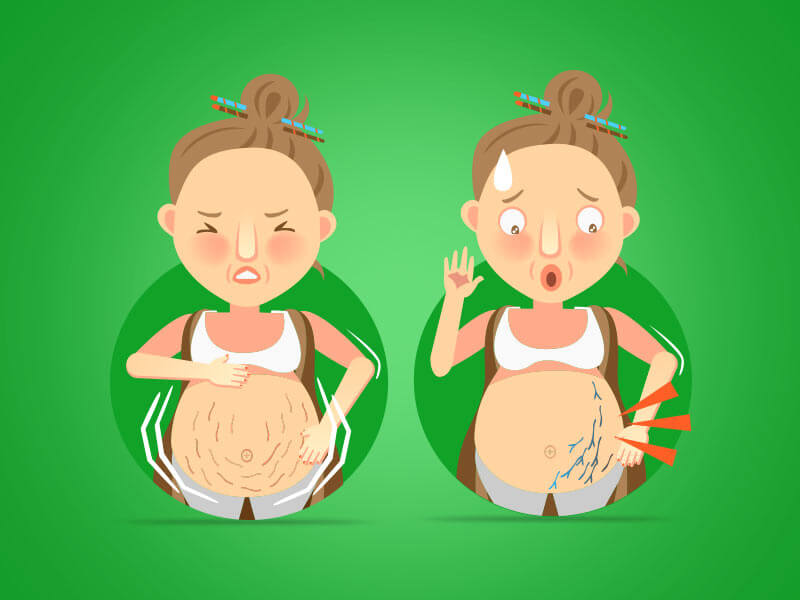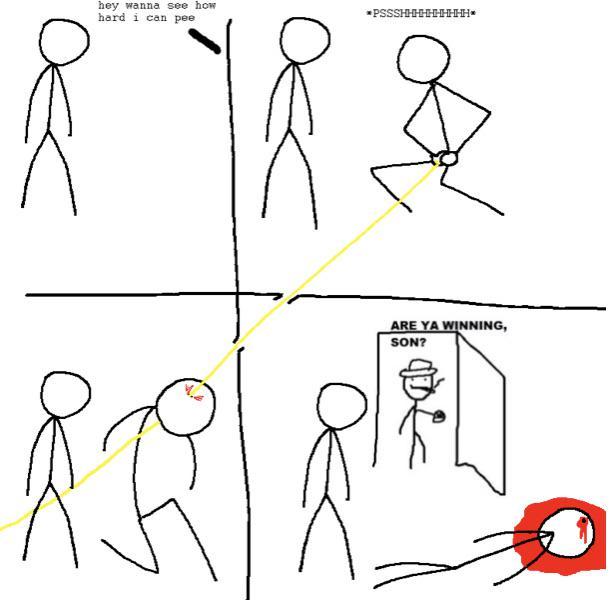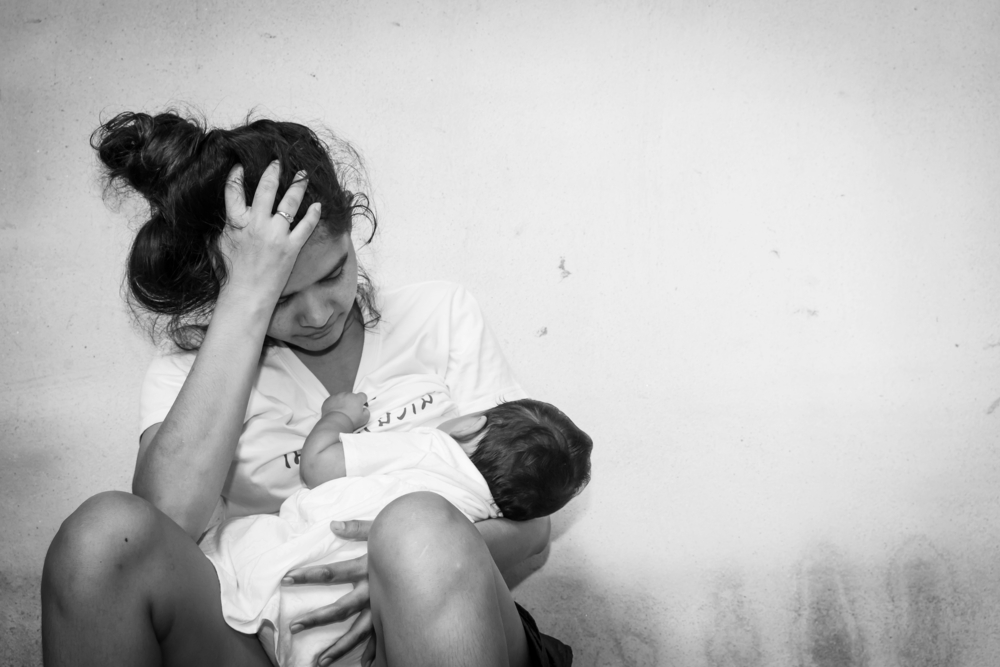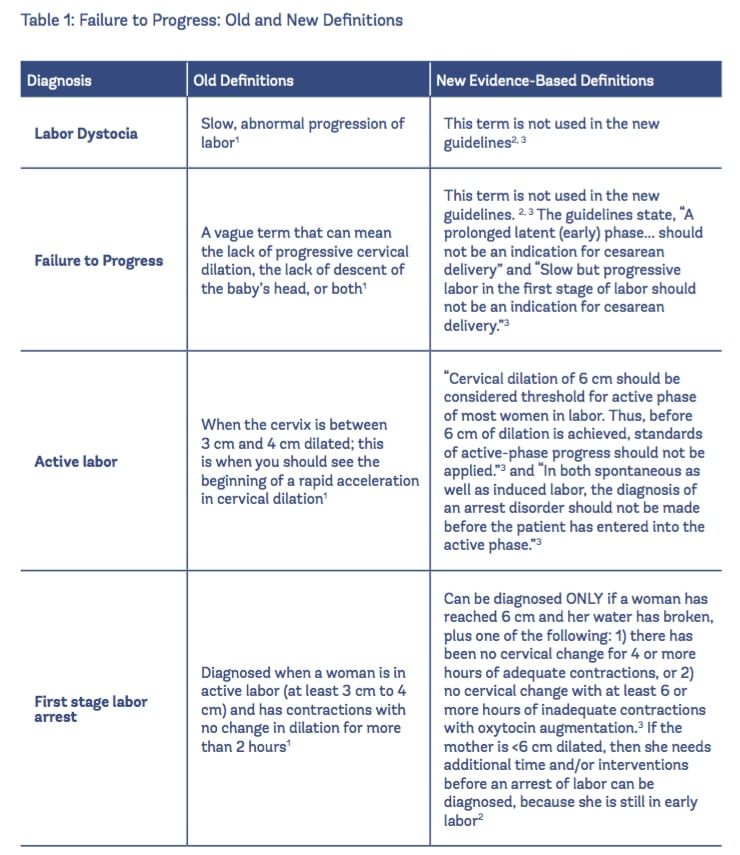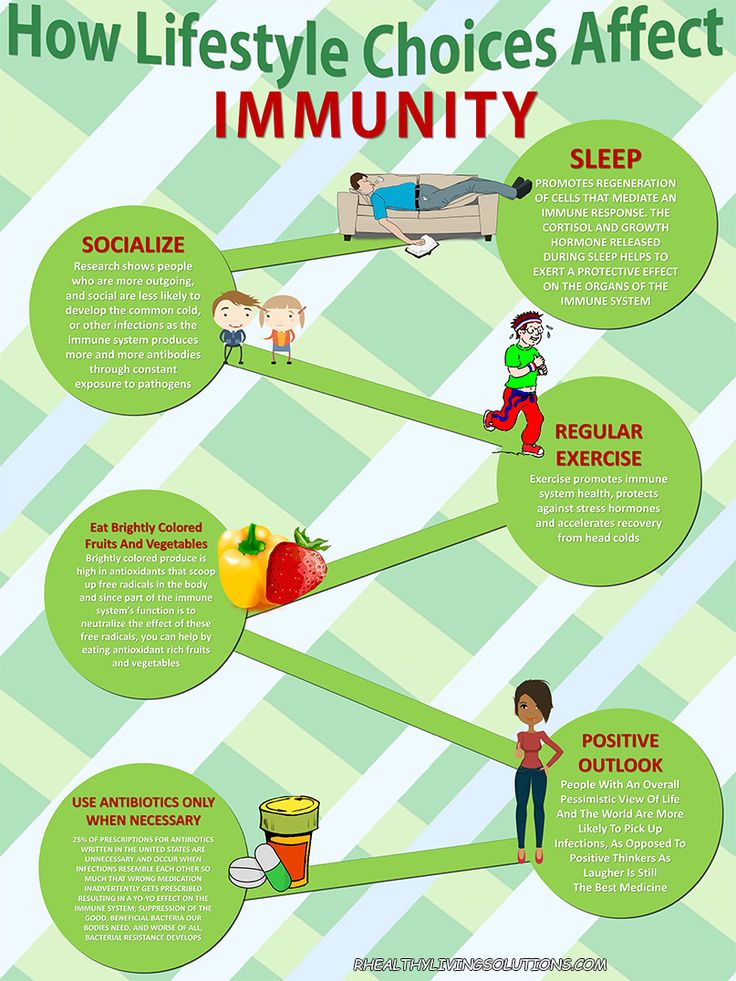Are baby walkers good for development
Parents: Don’t use a baby walker
In Canada, the sale of baby walkers is banned. The American Academy of Pediatrics (AAP) would like the same to be true in the US.
Why? Because baby walkers are dangerous. According to a study in the journal Pediatrics, between 1990 and 2014, more than 230,000 children less than 15 months of age were treated in US emergency departments for injuries related to walkers. The majority of injuries happen when children fall down stairs in a walker, usually injuring their head or neck, sometimes seriously.
But it’s not just stairs that can be a problem. Children in walkers can get their fingers caught, pull things down on themselves, or grab dangerous things (such as sharp objects or hot liquids) that would otherwise be out of their reach. Children can fall out of walkers and get hurt — and have drowned when they scooted into a pool or spa. There have also been injuries from toys attached to a baby walker.
Between 1990 and 2003, baby walker injuries decreased by 84. 5%, as voluntary safety standards were instituted, and more families started to buy standers that didn’t move. In 2010 mandatory federal safety standards took effect. Among other things, the standards include measures to help prevent walkers from falling down stairs or tipping over, and to ensure that babies inside them are well-supported and can’t get stuck inside them. The rules also require a parking brake, to keep the walker more stationary, and have standards for the wheels themselves to keep the walkers safer. Even still, in 2014 2,000 toddlers were seen in emergency rooms for injuries due to walkers.
So why would parents use a baby walker?
Some parents buy them because they think that walkers help babies learn to walk faster. However, the opposite is true: using a walker can delay independent walking. That’s because learning to walk isn’t so much about learning to use your legs. It’s more about learning to pull to stand and then balance and take steps without support.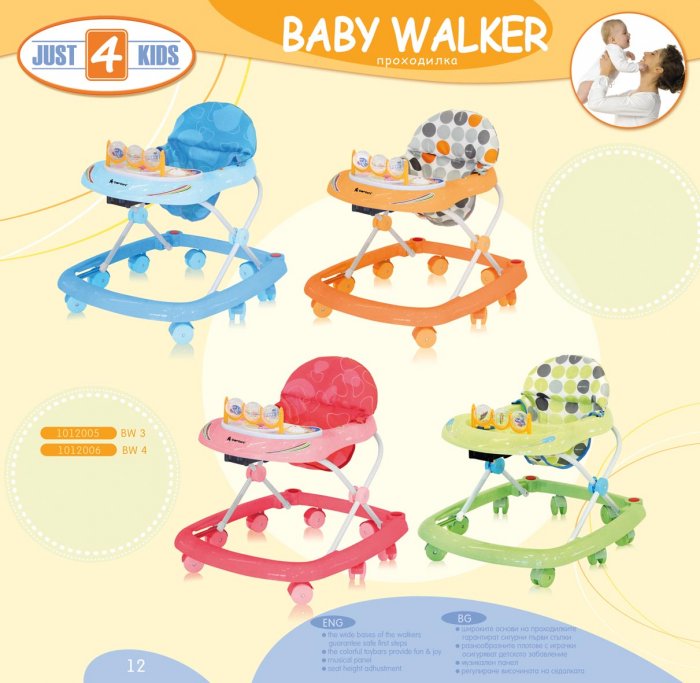 When babies are plopped into walkers, they don’t learn any of that. They learn it by being put on the floor with something they can pull up on, like a couch or a caregiver.
When babies are plopped into walkers, they don’t learn any of that. They learn it by being put on the floor with something they can pull up on, like a couch or a caregiver.
The other reason is that babies like them and will play happily in them. This is absolutely true. Starting at around 6 months babies love to be upright — and love to be mobile, so that they can explore and be in the thick of things. However, there are other and safer ways to get babies upright, such as in stationary standers. As for mobility, the inconvenient truth is that not only do babies need to learn mobility by themselves, they need constant supervision as they do. Walkers can give caregivers a false sense of security and make them think that they don’t need to be within arm’s reach of the baby — when not only is that exactly where they need to be, it’s where babies want them to be.
So just say no to a baby walker. It isn’t worth the risk.
Follow me on Twitter @drClaire
As a service to our readers, Harvard Health Publishing provides access to our library of archived content. Please note the date of last review or update on all articles.
Please note the date of last review or update on all articles.
No content on this site, regardless of date, should ever be used as a substitute for direct medical advice from your doctor or other qualified clinician.
Baby walkers and exercise jumpers
Baby walkers and exercise jumpers | Pregnancy Birth and Baby beginning of content9-minute read
Listen
What is a baby walker?
A baby walker is a circular frame on wheels that seats a baby who has not learnt to walk yet.
Some people believe that baby walkers are useful for their babies, to entertain them and help teach them to walk. This is not true. Baby walkers can be dangerous and can actually delay your baby’s walking development.
What is an exercise jumper?
An exercise jumper, also known as a jolly jumper or baby bouncer, is a device that holds a baby in sling seat with a spring or elastic. The device either comes in a standalone frame or can be attached to a door frame.
The device either comes in a standalone frame or can be attached to a door frame.
Like a baby walker, exercise jumpers can cause accidents and delay your baby’s development.
How does a baby learn to walk?
Most babies pass the following milestones while learning to walk:
- rolling on the floor
- sitting
- crawling, creeping or scooting
- pulling themselves up to stand
- moving around furniture or other stationary objects
This means that babies need to spend plenty of time on the floor, learning and practising these activities.
How can I help my baby's walking development?
Let your baby spend lots of time on the floor. It's a safe space for your baby to learn to roll, sit and pull themselves up to stand.
You can also place your baby close to soft furniture to help them with pulling-up.
If your baby is moving around, block off a safe area for them to play and move. You can also use a high-quality play pen or stationary activity centre.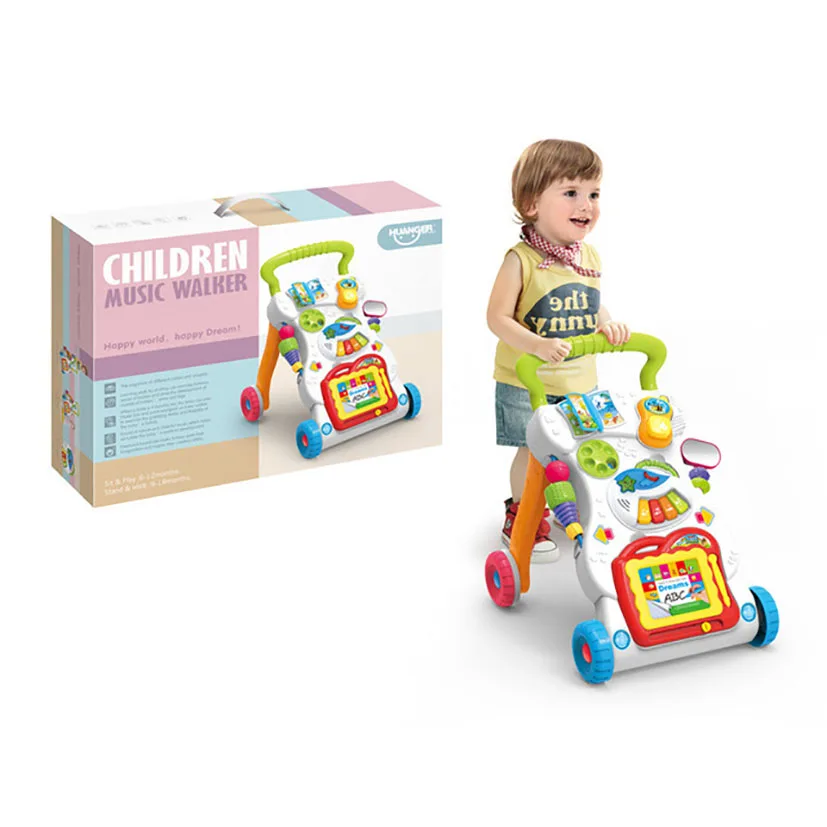
Do baby walkers and jumpers help my baby learn to walk?
NO - baby walkers and jumpers don't help a baby develop their walking. In fact, walkers and jumpers can impede or delay your baby achieving these important milestones. The more time babies spend in a walker or a jumper, the more delay they experience.
Walkers and jumpers take your baby's time away from the floor so they miss out on practising important, repetitive movements needed for them to reach their walking milestones.
Babies tend to use their toes when they are in a walker or a jumper, which tightens their leg muscles and Achilles tendons (the thick cord at the back of the ankle) - this interferes with normal walking development. Once out of the device, they often want to keep using their toes, which is not how babies usually learn to walk.
When babies sit and pull themselves up, they are learning how to balance. A baby doesn't balance in a walker, delaying learning this important skill.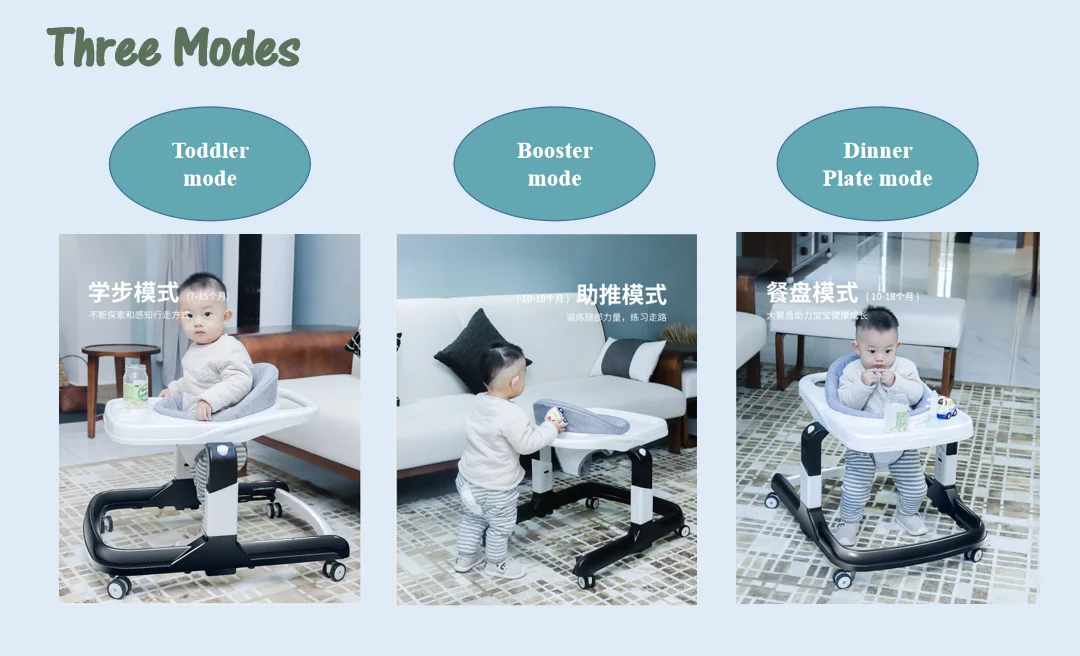
Being in a walker or jumper also means less time on hands and knees in a crawling or pre-crawling position. This is important to developing weight bearing through both the pelvis and shoulders.
A variety of important movements is needed when babies are developing their walking skills, but they get fewer chances to practise these in a walker or jumper than they would on the floor.
Read more
Learning to crawl
Crawling is an important skill for your baby to learn and is a big milestone in their development.
Learning to walk
Your baby's first steps are one of the most exciting and memorable milestones in your child’s development.
Are baby walkers and exercise jumpers dangerous?
Baby walkers and exercise jumpers are not recommended in Australia.
Baby walkers are considered unsafe because they move very quickly. Your baby is also taller when upright in a walker and can reach things they usually don't have access to.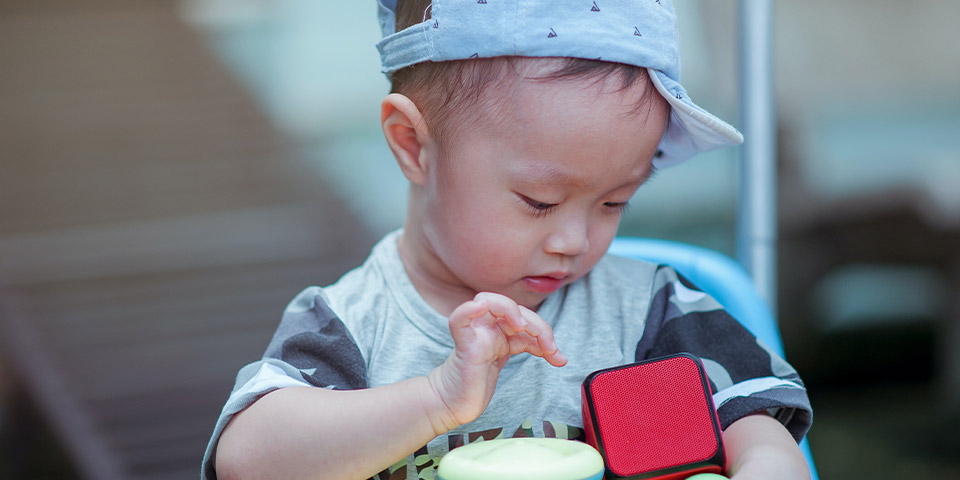 Potential dangers include:
Potential dangers include:
- falling down steps or stairs
- crashing into something sharp or hard
- tipping over while moving
- being toppled by an older sibling
- accessing electrical cords or cupboards with hazardous substances (such as cleaning supplies)
- moving quickly to dangerous areas such as fireplaces, ovens, heaters or pools
- being able to reach hot drinks on tables or other dangerous objects
Each year, many babies are injured in Australia when using walkers. Some sustain serious injuries caused by burns, cuts, head injuries, broken bones, poisoning and drownings; some even die.
Exercise jumpers can also cause serious injury to your baby, including:
- falling out, causing head or limb injuries
- getting fingers trapped in the springs
- colliding with the door frame or furniture — pets or other children could also push your baby
Development delays caused by tight leg muscles and Achilles tendons can sometimes require physiotherapy treatment, being put in leg casts, or even corrective surgery.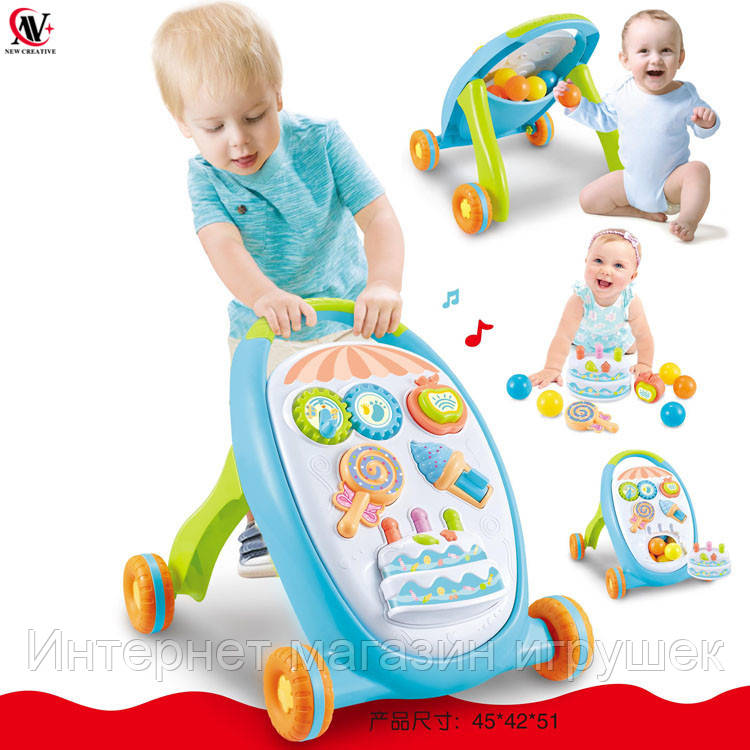
Are baby walkers legal in Australia?
Despite not being recommended for use in Australia, they can still be purchased and are not illegal.
Child health experts and state and territory health departments recommend NOT using baby walkers or exercise jumpers.
What safety guidelines are there for baby walkers?
Baby walkers sold in Australia, must comply with Australian consumer product safety standards.
All walkers sold in Australia must have:
- a braking mechanism to help stop it falling down stairs
- specific labels with clear safety instructions about blocking access to stairs, keeping the baby in view all the time, using only on a flat surface without objects to tip over and keeping away from all objects that could burn
- prior testing to make sure it doesn't easily tip or topple over
Parents are highly discouraged from using baby walkers. However, if you still decide to purchase one, please follow these guidelines:
- NEVER leave your baby unattended.

- ONLY use on a flat surface and block off access to steps or stairs
- REMOVE all dangerous items from the area, such as electrical cords, hot drinks, cleaning chemicals, fires, heaters, pools or toilets
- MAKE SURE the walker has a lock and a braking mechanism.
- NEVER use a walker before your baby can sit, or after your baby can walk.
- LIMIT your baby’s time in the walker for NO longer than 15 minutes.
Speak to your doctor or child health nurse to learn more about how best to help your baby learn how to walk.
Read more
Tummy time
Tummy time is important for your baby’s development. It helps them learn to crawl, develop upper body strength and prevent flat spots on their head.
Toddler development - Motor skills
Toddlers develop fast, exploring their world and doing things independently. Here's how to help your toddler develop fine and gross motor (movement) skills.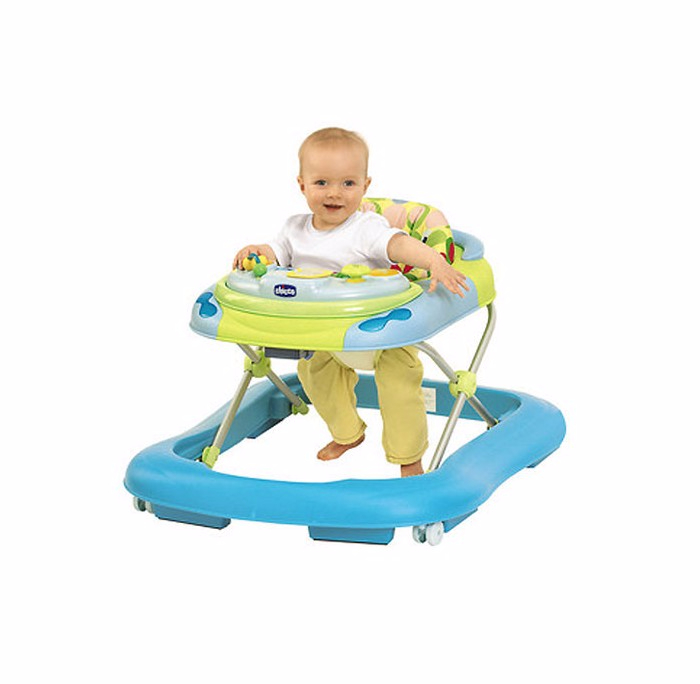
Speak to a maternal child health nurse
Call Pregnancy, Birth and Baby to speak to a maternal child health nurse on 1800 882 436 or video call. Available 7am to midnight (AET), 7 days a week.
Sources:
Australian Competition and Consumer Commission (ACCC) (Product safety Australia - Kids equipment: Baby walkers), Australian Government Department of Health and Aging (Move and play every day: National physical activity recommendations for children 0-5 years), Kidsafe SA (Baby Walkers & Exercise Jumpers)Learn more here about the development and quality assurance of healthdirect content.
Last reviewed: May 2022
Back To Top
Related pages
- Learning to walk
- Learning to crawl
- Toddler development - motor skills
- Tummy time
Need more information?
Baby walkers | Product Safety Australia
Infants can suffer serious injuries when unsupervised in baby walkers.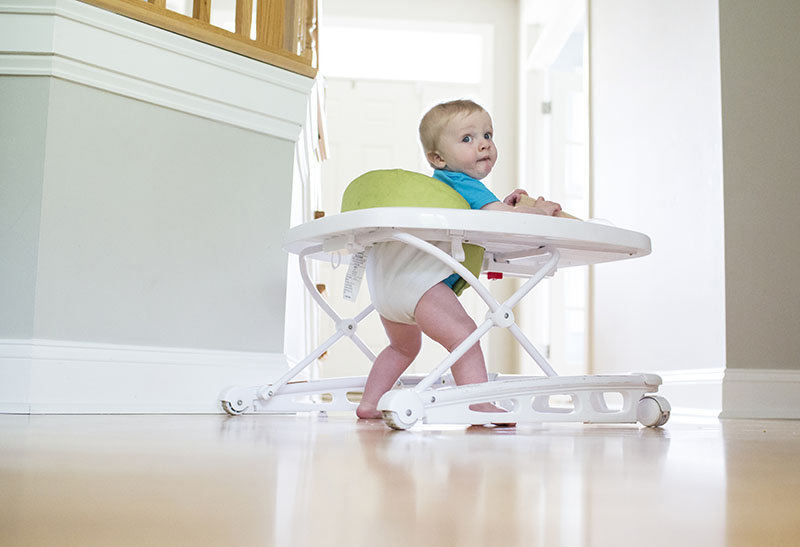 Always keep an eye on your infant when they're using a baby walker and ensure hazardous areas in the house are blocked off.
Always keep an eye on your infant when they're using a baby walker and ensure hazardous areas in the house are blocked off.
Read more on Product Safety Australia website
Baby walkers: Are they safe? Information for parents | Parenthub
Are baby walkers safe? Will they help your child learn to walk and keep them occupied while you work? Find out if baby walkers are right for your child.
Read more on Parenthub website
Safe baby furniture checklist | Raising Children Network
Safe baby furniture and baby equipment protects your baby. When choosing cots, highchairs, change tables, safety gates and more, look for AS/NZS standards.
Read more on raisingchildren.net.au website
Crying Baby | Sydney Children's Hospitals Network
Crying is a normal part of your baby’s development and is normal for all babies from all cultural backgrounds
Read more on Sydney Children's Hospitals Network website
Baby carrier, sling & backpack safety | Raising Children Network
When choosing a baby carrier, sling or backpack, look for healthy hip positioning for your baby.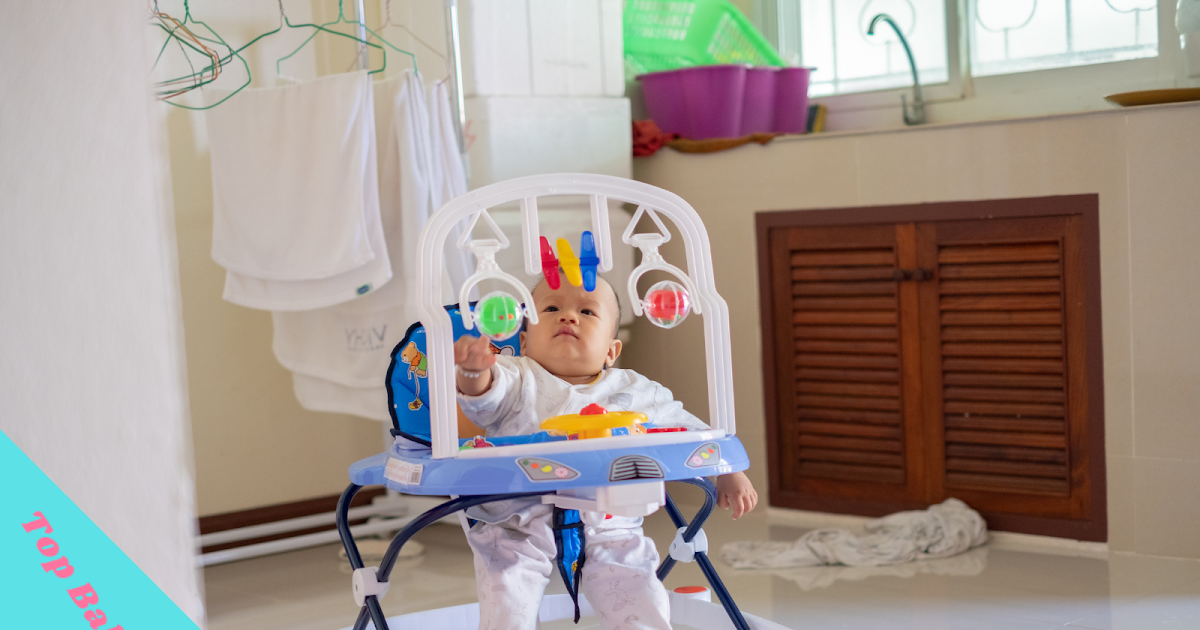 Use the T.I.C.K.S. rule to position babies safely in slings.
Use the T.I.C.K.S. rule to position babies safely in slings.
Read more on raisingchildren.net.au website
Dummy independence: teaching your baby | Raising Children Network
Dummy independence is when babies can put their dummies in by themselves. This helps if your baby uses a dummy to settle. You can teach dummy independence.
Read more on raisingchildren.net.au website
Baby slings & carriers | Product Safety Australia
Babies can suffer a range of injuries from incorrectly used or damaged slings and carriers. Make sure the product you buy is suitable for both you and your baby, and is made of heavy duty, well-wearing materials.
Read more on Product Safety Australia website
Baby & Young Children Safety Environment | Red Nose Australia
The information you need to make your home and other environments safe for babies and young children.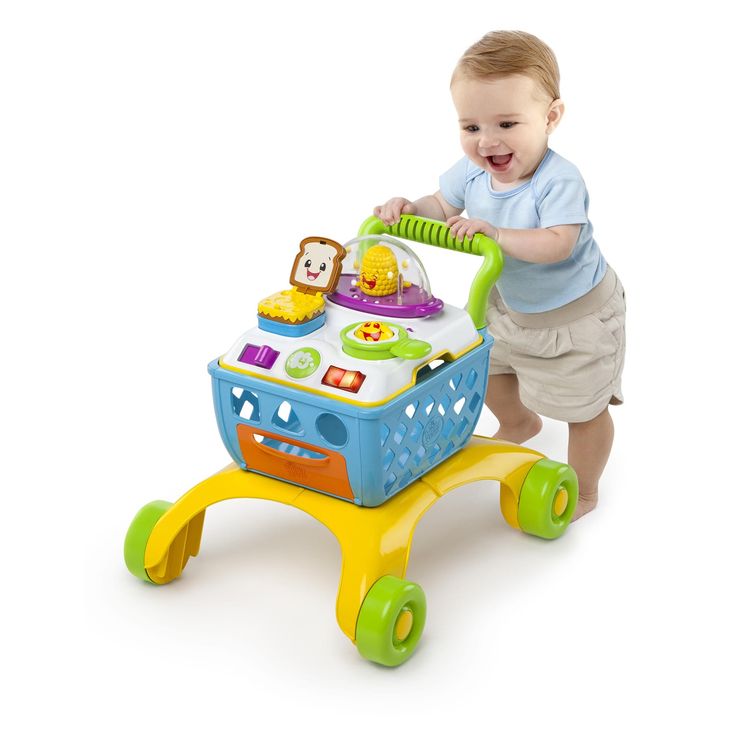
Read more on Red Nose website
Baby sleep habits: how to phase them out | Raising Children Network
Baby sleep habits can affect the whole family. Our guide explains how to phase out sleep habits like dummies, music and rocking so you all get more sleep.
Read more on raisingchildren.net.au website
Dummies: advantages, disadvantages & tips | Raising Children Network
Dummies soothe some babies and help them settle. But dummies can be a hard habit to break, and babies also need help to manage them. Get tips for dummy use.
Read more on raisingchildren.net.au website
Disclaimer
Pregnancy, Birth and Baby is not responsible for the content and advertising on the external website you are now entering.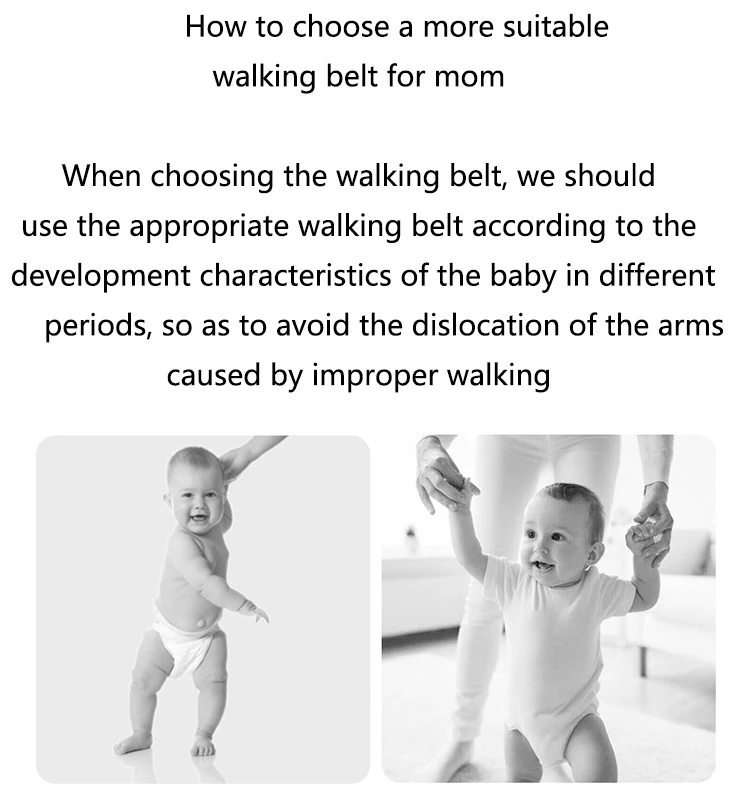
Need further advice or guidance from our maternal child health nurses?
1800 882 436
Video call
- Contact us
- About us
- A-Z topics
- Symptom Checker
- Service Finder
- Linking to us
- Information partners
- Terms of use
- Privacy
Pregnancy, Birth and Baby is funded by the Australian Government and operated by Healthdirect Australia.
Pregnancy, Birth and Baby is provided on behalf of the Department of Health
Pregnancy, Birth and Baby’s information and advice are developed and managed within a rigorous clinical governance framework. This website is certified by the Health On The Net (HON) foundation, the standard for trustworthy health information.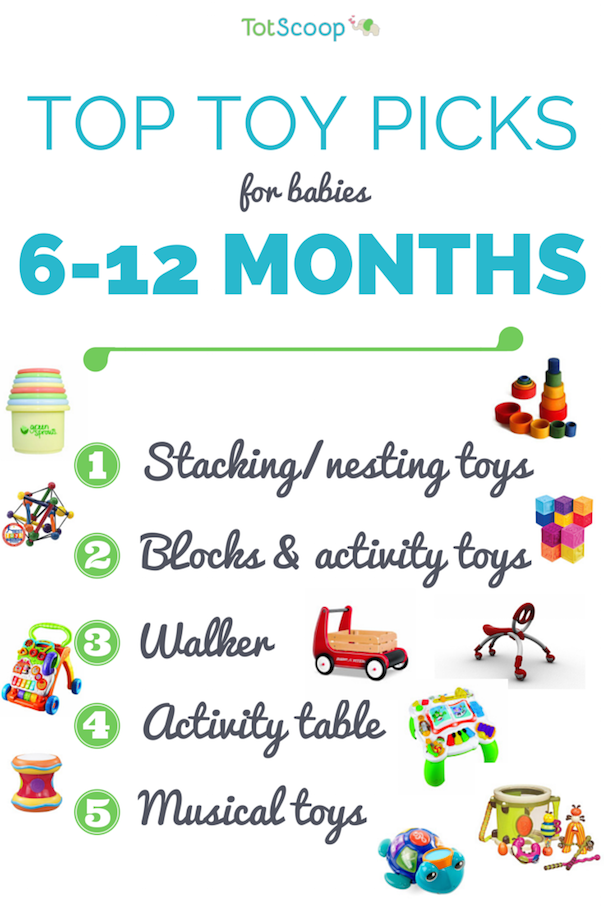
This site is protected by reCAPTCHA and the Google Privacy Policy and Terms of Service apply.
This information is for your general information and use only and is not intended to be used as medical advice and should not be used to diagnose, treat, cure or prevent any medical condition, nor should it be used for therapeutic purposes.
The information is not a substitute for independent professional advice and should not be used as an alternative to professional health care. If you have a particular medical problem, please consult a healthcare professional.
Except as permitted under the Copyright Act 1968, this publication or any part of it may not be reproduced, altered, adapted, stored and/or distributed in any form or by any means without the prior written permission of Healthdirect Australia.
Support this browser is being discontinued for Pregnancy, Birth and Baby
Support for this browser is being discontinued for this site
- Internet Explorer 11 and lower
We currently support Microsoft Edge, Chrome, Firefox and Safari. For more information, please visit the links below:
For more information, please visit the links below:
- Chrome by Google
- Firefox by Mozilla
- Microsoft Edge
- Safari by Apple
You are welcome to continue browsing this site with this browser. Some features, tools or interaction may not work correctly.
Are walkers harmful? Orthopedist answers
Parents often ask us the question: “Can a walker be used?” when visiting a pediatric orthopedist. And although in medicine in general, and in orthopedics in particular, there are many topics for disputes between doctors, but as for the use of walkers, jumpers, etc. devices, orthopedists around the world have long come to an unequivocal answer - walkers do much more harm than good.
Learning, the beginning of walking is a very important stage for any child, and parents are well aware of this - after all, one of the most significant milestones in the development of a baby, along with the first word, the first smile, the first “coo”, are the first steps, which rejoice, which they remember and try to capture in photos and videos. However, in order for a child to walk steadily, a huge transformation must take place in his body from a lying to an upright man. And this transformation involves a whole range of organs and systems - from the brain and the vestibular apparatus, to bones and muscles. Moreover, this whole process should take place naturally, one might say “naturally” and gradually - it is then that all the organs and systems of the little man will be able to properly prepare, develop and “ripen” for the transition to the walking stage.
However, in order for a child to walk steadily, a huge transformation must take place in his body from a lying to an upright man. And this transformation involves a whole range of organs and systems - from the brain and the vestibular apparatus, to bones and muscles. Moreover, this whole process should take place naturally, one might say “naturally” and gradually - it is then that all the organs and systems of the little man will be able to properly prepare, develop and “ripen” for the transition to the walking stage.
So why can't a walker be used at this stage? After all, it would seem that by placing the baby in this device, we help him get on his feet. In fact, everything is exactly the opposite.
Baby walkers cannot be used because:
- The natural development of the vestibular apparatus responsible for the sense of balance and position in space is significantly inhibited. In the walker, the child is fixed and he will not fall, which is harmful. For the natural and harmonious development of the baby, it is very important to form a sense of balance.
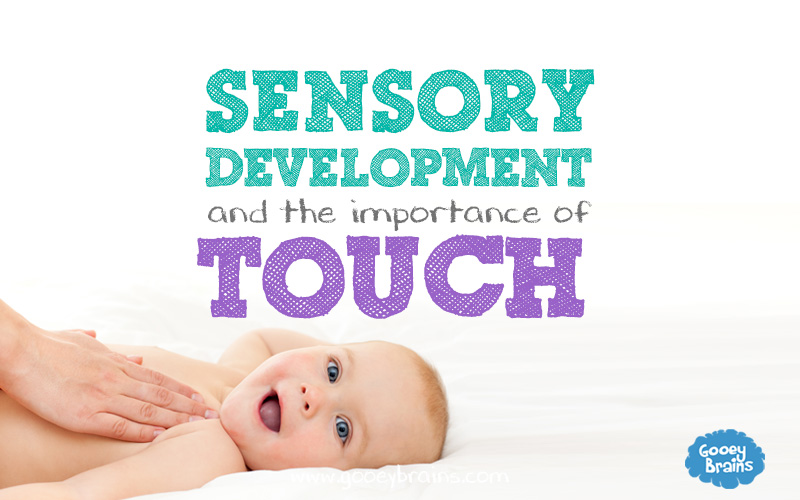 To do this, the baby first learns to sit, then crawl, then stand with support, and finally takes the first independent steps. The use of walkers deprives the body of the opportunity to self-learn, as if skipping important stages.
To do this, the baby first learns to sit, then crawl, then stand with support, and finally takes the first independent steps. The use of walkers deprives the body of the opportunity to self-learn, as if skipping important stages. - The child does not learn the instinct of self-preservation, because the walker prevents him from falling and creates a false sense of security. At the same time, the fall of a baby is a natural process of learning to walk, a kind of “tuning” of the vestibular apparatus, and parents should not worry about watching their baby get up and fall “on the ass”. The musculoskeletal system of children is very “soft” and “flexible”, nature has already provided mechanisms for protecting against injuries. Therefore, children in the process of learning to walk can and should fall - this is a natural process that is very important for the formation of the vestibular apparatus and the development of a sense of self-preservation.
- High risk of injury - a kind of continuation of the previous paragraph.
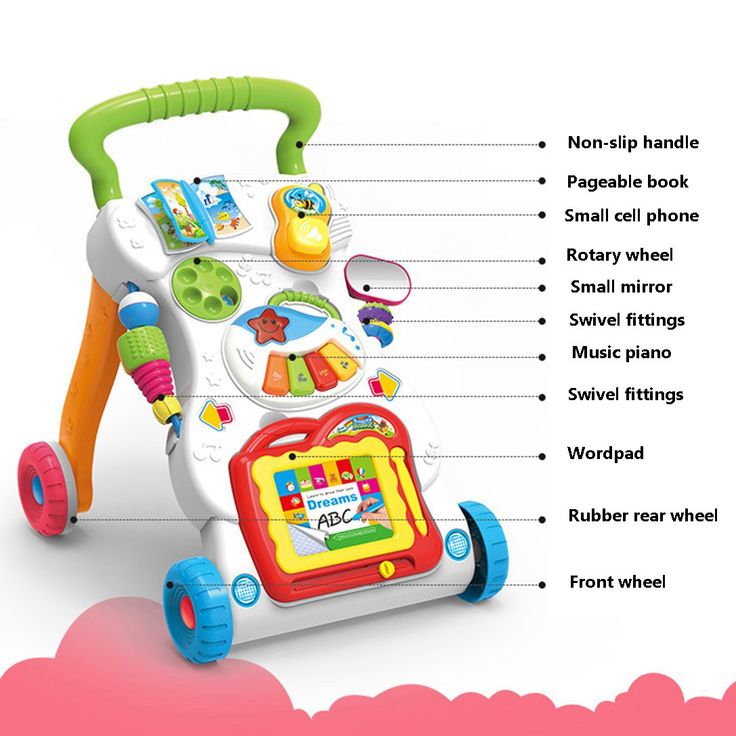 In the walker, the child is fixed, the presence of wheels allows him to develop greater speed and crash into obstacles without consequences. This is also very bad. Firstly, a child in a walker is completely devoid of a sense of fear - he simply does not have such experience, while babies developing without adaptations know what walls, a door jamb, corners are. They have already "stuffed bumps" and have the experience, which in the future can significantly reduce the risk of injury in natural life. For example, we repeatedly observed at receptions how children at full speed crashed into a table, into a door jamb - in the vast majority of cases, these kids were in walkers for a long time. And, secondly, walkers still do not provide sufficient stability, and the presence of wheels and the absence of fear of injury in a child can lead to sad consequences. Accelerating to a speed of 8-9km / h (if there is where to accelerate), babies can get more serious injuries than in a natural fall.
In the walker, the child is fixed, the presence of wheels allows him to develop greater speed and crash into obstacles without consequences. This is also very bad. Firstly, a child in a walker is completely devoid of a sense of fear - he simply does not have such experience, while babies developing without adaptations know what walls, a door jamb, corners are. They have already "stuffed bumps" and have the experience, which in the future can significantly reduce the risk of injury in natural life. For example, we repeatedly observed at receptions how children at full speed crashed into a table, into a door jamb - in the vast majority of cases, these kids were in walkers for a long time. And, secondly, walkers still do not provide sufficient stability, and the presence of wheels and the absence of fear of injury in a child can lead to sad consequences. Accelerating to a speed of 8-9km / h (if there is where to accelerate), babies can get more serious injuries than in a natural fall. - Stimulation to go earlier than necessary.
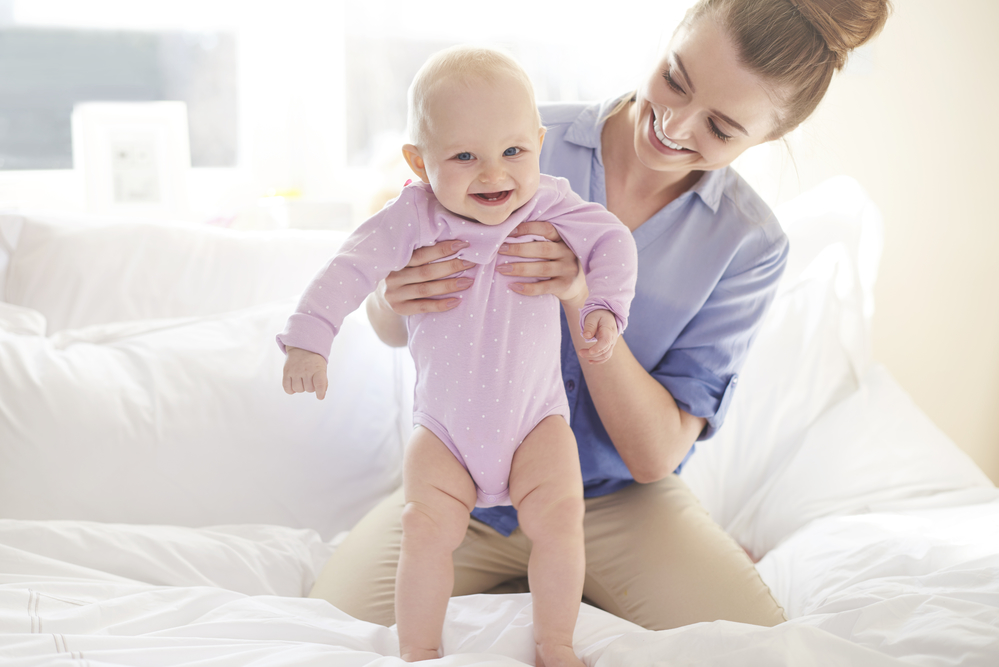 Let's explain. In order not to get enough serious problems with the back at the age of 20-40 years, it is necessary in infancy to correctly and progressively go through all the stages of development of the musculoskeletal system. In fact, the later the child starts walking, the better (of course, we are talking about the norm here, and we do not mean the presence of any pathologies), since the child later begins to receive vertical loads on the spine, which at this age is not yet has fully formed natural shock-absorbing bends. Thus, at first the child learns to sit - muscles and ligaments are strengthened, then to crawl - muscles and ligaments are strengthened, then slowly walk with support - again, muscles and ligaments are strengthened. Those. By the time the musculoskeletal system is READY to accept vertical loads, the child begins to walk, which in the future minimizes the occurrence of any radiculitis and other back problems. The use of jumpers, walkers and other similar devices stimulates the child to start walking earlier, "jumping" the necessary period of natural strengthening of muscles and ligaments.
Let's explain. In order not to get enough serious problems with the back at the age of 20-40 years, it is necessary in infancy to correctly and progressively go through all the stages of development of the musculoskeletal system. In fact, the later the child starts walking, the better (of course, we are talking about the norm here, and we do not mean the presence of any pathologies), since the child later begins to receive vertical loads on the spine, which at this age is not yet has fully formed natural shock-absorbing bends. Thus, at first the child learns to sit - muscles and ligaments are strengthened, then to crawl - muscles and ligaments are strengthened, then slowly walk with support - again, muscles and ligaments are strengthened. Those. By the time the musculoskeletal system is READY to accept vertical loads, the child begins to walk, which in the future minimizes the occurrence of any radiculitis and other back problems. The use of jumpers, walkers and other similar devices stimulates the child to start walking earlier, "jumping" the necessary period of natural strengthening of muscles and ligaments.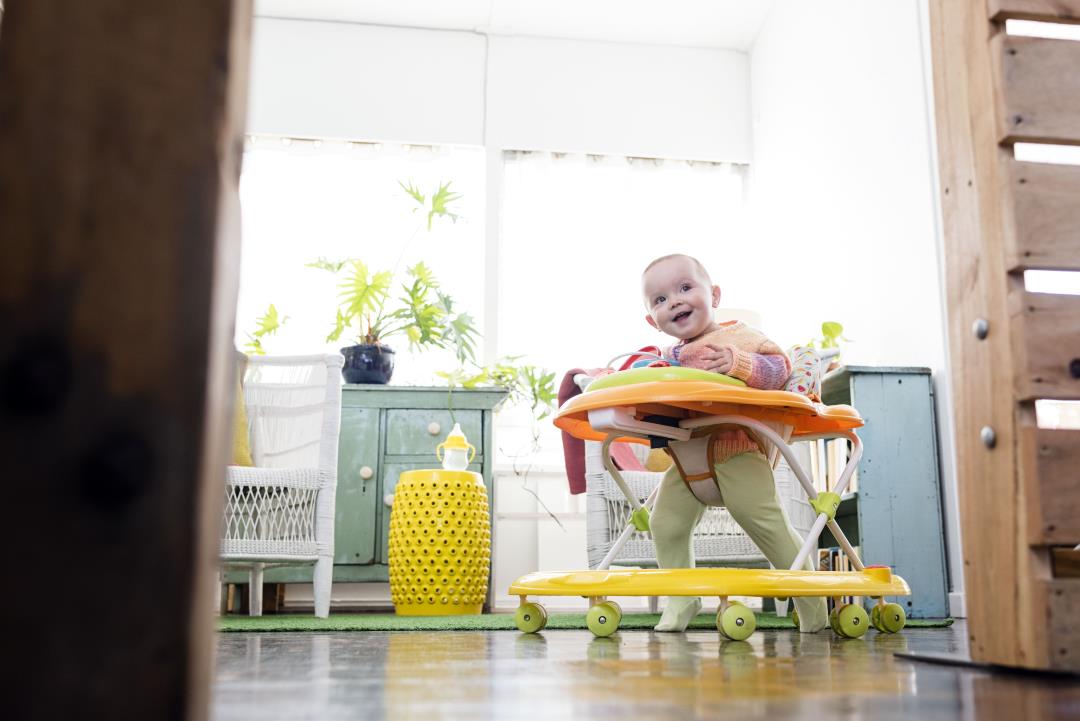 And, as a result, satisfied parents that their baby began to walk earlier than their peers, but the potential problems with the child’s back from childhood in the future.
And, as a result, satisfied parents that their baby began to walk earlier than their peers, but the potential problems with the child’s back from childhood in the future.
We have tried to explain in sufficient detail why baby walkers do much more harm than good. In principle, they have only one benefit - the child "frees the hands" of the mother, and they cope very well with this role. Of course, one cannot speak of a complete and unconditional ban on walkers. If the baby will be in them for no more than 15 minutes, no more than two or three times a day, for example, when the mother wants to drink tea or go to the toilet, then they will not bring harm. If abused, there will be problems.
If you still have any questions, you can make an appointment with an orthopedist here.
Always yours, "Children's Doctor".
Previous entry About influenza and vaccines - a little truth from doctors
Next post What we diagnose most often
Baby walkers: pros and cons
Reviewer Kovtun Tatiana Anatolievna
29101 views
September 15, 2021
Login or register to save articles and products as favorites
The feeling when you enter a children's room and find that your baby is standing in a crib is something incredible.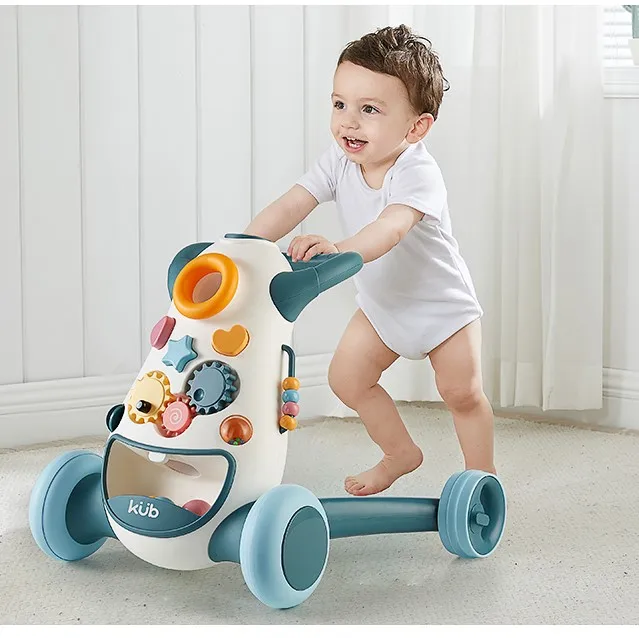 Just yesterday, he tumbled to one side when trying to sit down on his own, and today he is already standing and even trying to squat on his legs funny. Very soon he will take his first steps. And here the mothers of the whole world are divided into two militant camps. Some, in an attempt to help the baby, and at the same time unload themselves, are puzzled by the choice of walkers, while others simply let the development process take its course. We do not join any camp, but simply present the facts regarding the pros and cons of walkers.
Just yesterday, he tumbled to one side when trying to sit down on his own, and today he is already standing and even trying to squat on his legs funny. Very soon he will take his first steps. And here the mothers of the whole world are divided into two militant camps. Some, in an attempt to help the baby, and at the same time unload themselves, are puzzled by the choice of walkers, while others simply let the development process take its course. We do not join any camp, but simply present the facts regarding the pros and cons of walkers.
What is a walker
A baby walker is a device that allows a baby who is not yet able to walk to move without the help of parental hands. They are a frame on wheels, inside of which a special “saddle” for a child is fixed; the child can, sitting in the saddle and pushing off the floor with his feet, ride around the apartment. Walkers are successfully used in the treatment of cerebral palsy (infantile cerebral palsy), and are also intended for older children (1-3 years old) who cannot walk on their own.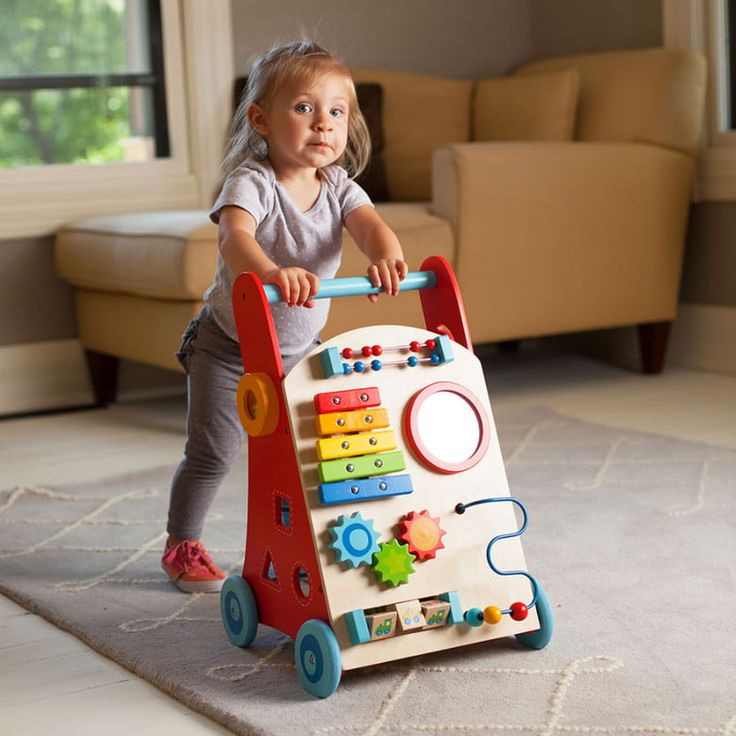
Advantages of walkers
- Walkers were invented, like most children's modern gadgets, to relieve mom and dad. They make it possible to calmly drink tea, do household chores and even work without worrying about the baby.
- Walkers move the baby from a horizontal to a vertical position, thereby expanding the possibilities of learning about the world around.
- Positive emotions for the baby. It's so cool to explore the world around! And when all this is accompanied by sound and light effects, just thirty-three pleasures.
- Security. A beloved child will not fit into an outlet, will not fall, will not fit into a cupboard with dishes, and so on, because it is limited in movement and space.
Disadvantages of baby walkers
- Lack of motivation in the baby. If there is a device that helps you stand on your own two feet and even run, the incentive to learn to do it yourself disappears: why? After all, my mother will put me in a walker, and I will run!
- The load on the fragile apparatus of the legs can lead to a number of problems.
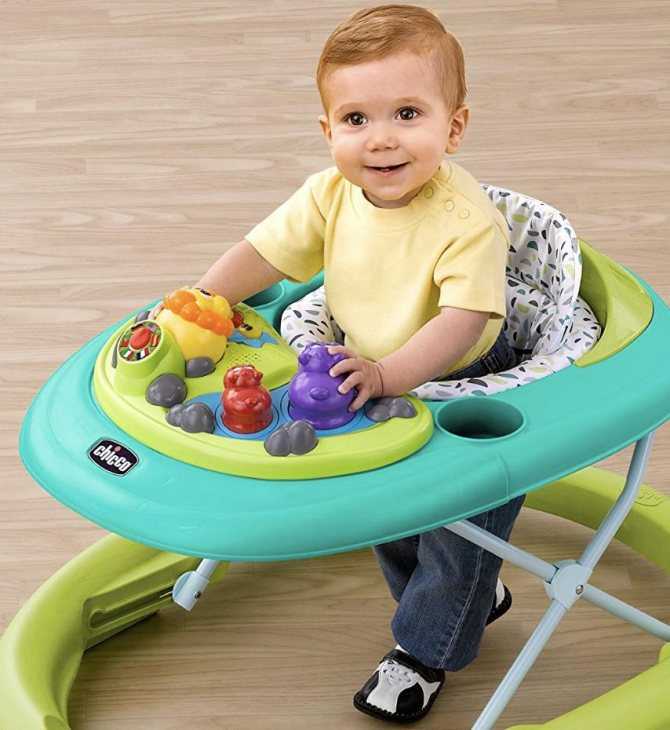
- Walkers can affect the function of the cerebellum. A baby in a walker quickly gets used to the fact that when walking he has support from all sides. As a result, the functions of the cerebellum, which is responsible for the coordination of movements, are formed incorrectly. And then, starting to walk, the baby begins to fall in all directions and fall.
- Frequent use of a walker can hinder a baby's motor development. Children who are often placed in walkers start walking 3-4 weeks later on average, and the gait is characterized by uncertainty and springiness.
- Loss of sense of caution. If the baby does not fall, does not encounter obstacles, then he simply will not develop the instinct of self-preservation.
- Risk of injury if the baby is in the walker without supervision.
Orthopedic Warning
- Incorrect position of the feet when walking (in a walker, the child gets used to walking on tiptoe)
- Overstrain of the back muscles (constant vertical position and inability to change it)
As you can see, walkers have their pros and cons.